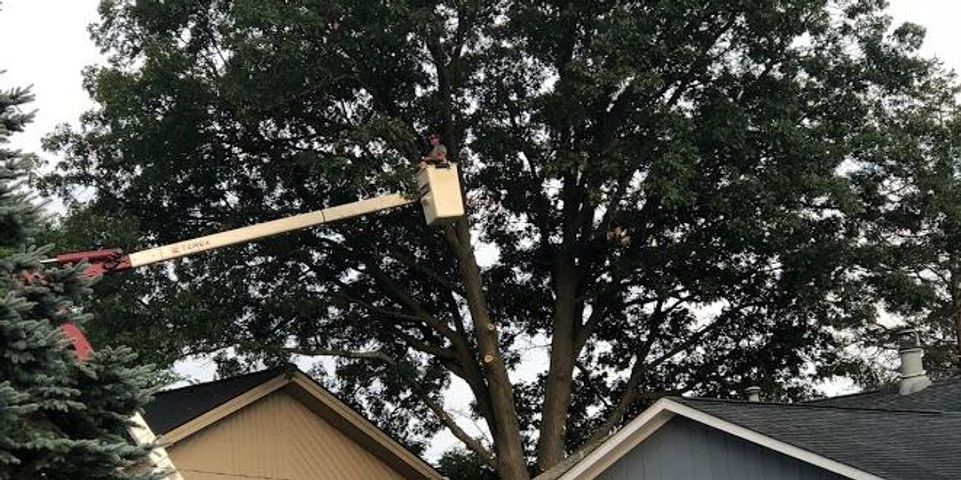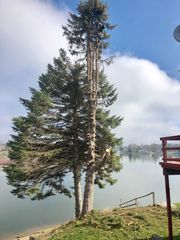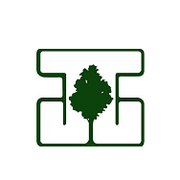The Differences Between Deciduous & Coniferous Trees

If you’re committed to being more mindful about your tree care habits and want to glean an understanding of your landscape, start at the beginning. The two types of trees are coniferous and deciduous. If you’re vaguely familiar with the terms but aren’t quite sure about how they differ, here’s what you need to know.
Deciduous Trees
Deciduous trees are largely responsible for the natural beauty that you admire throughout autumn. These are the plants whose leaves change color and eventually fall. As winter approaches, they enter a state of dormancy and reemerge at the turn of spring to produce fresh leaves. Common deciduous trees include red maple, white ash, and American beech.
Practice proper tree care to protect the deciduous growth on your property. Have a professional tree service prune any damaged limbs, branches that rub against each other, or diseased areas as soon as you notice them.
Coniferous Trees
 By contrast, coniferous trees feature needles instead of leaves. These structures never change their color and don’t lose needles when temperatures drop, either. Common conifers include fir, spruce, cedar, juniper, pine, and larch trees.
By contrast, coniferous trees feature needles instead of leaves. These structures never change their color and don’t lose needles when temperatures drop, either. Common conifers include fir, spruce, cedar, juniper, pine, and larch trees.
Unlike deciduous trees, conifers require considerably less tree care. That’s not to say that you shouldn’t maintain them—but you don’t need to be overzealous with tasks like pruning. These trees don’t replace their growth in response to cuts, so always trim with purpose. However, a tree service should still eliminate diseased branches and weak limbs that pose a threat to people and property.
Are you concerned about the condition of a tree on your property? Turn to the team at J & J Tree Trimming in Clinton, MI. The company offers a variety of services, including tree pruning and removal, storm damage recovery, and basic maintenance. Visit the website for information, or call (517) 358-7874 to schedule an appointment.
About the Business
Have a question? Ask the experts!
Send your question

